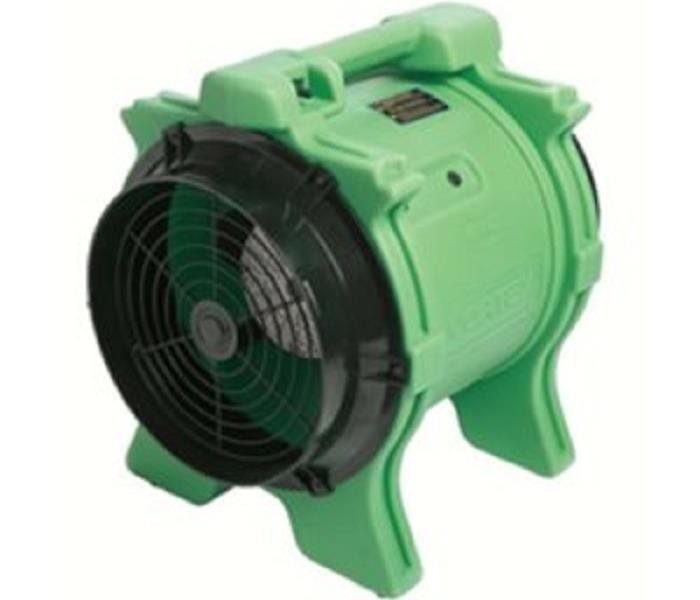Air Mover Types
5/7/2020 (Permalink)
Of all the tools used in structural drying, air movers are the greatest in number. Regardless of design, the function of the air mover is quite simple: it is the tool designed to blend the air at the surface of wet materials with other air in the affected structure By doing so, the air mover helps accelerate the rate at which warm air heats surfaces.
Some of the many factors that influence evaporation rates can be influenced or manipulated by the restorer, while others are almost completely out of a restorer’s control. Air movement is one influence on evaporation that we can indeed control. First, however, we must understand air moving equipment and the role air movement plays in the evaporation process.
Air movers are compared in several ways:
- Amp draw: The amount of power the unit uses.
- Volume: measured in cubic feet per minute (CFM)
- Velocity: measured in feet per minute (FPM). Faster airflow translates into more removal of a boundary layer.
- Static pressure: measured in inches of water column. This is needed from an air mover when attempting to force air through ducting or pulling air through resistance.
Types of air movers:
- Carpet dryers (high velocity air movers) are the most common type of air movers.
- Low profile centrifugal air movers provide high velocity air movement from a small-sized unit
- Low pressure axial air movers: specialized air movers used to move large volumes of air with low amp draw.
- High pressure (HP) carpet dryers are specialized carpet dryers, fitted with a high horsepower motor.
- High pressure axial air movers: commonly called ventilation fans, are used to move large volumes of air through ductwork.
- Inter-air drying systems: are used to dry cavities such as under cabinets, wall cavities and under hardwood floors.
We are always here to help!! Call on your professionals at SERVPRO of Fenton/South Ballwin for all your water restoration needs. 636-527-5990





 24/7 Emergency Service
24/7 Emergency Service